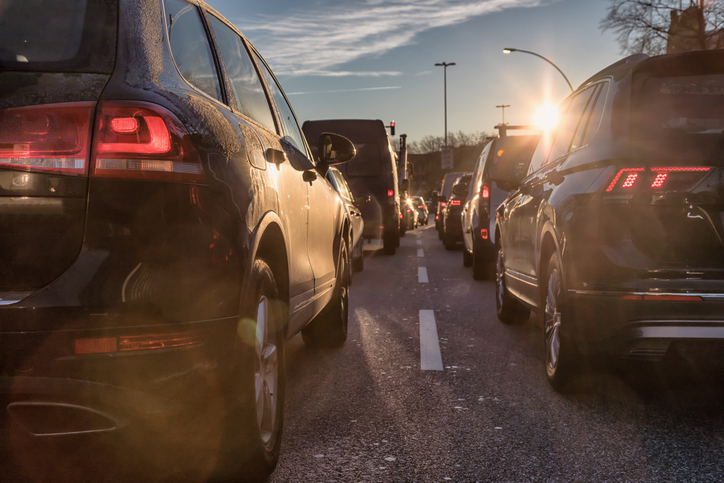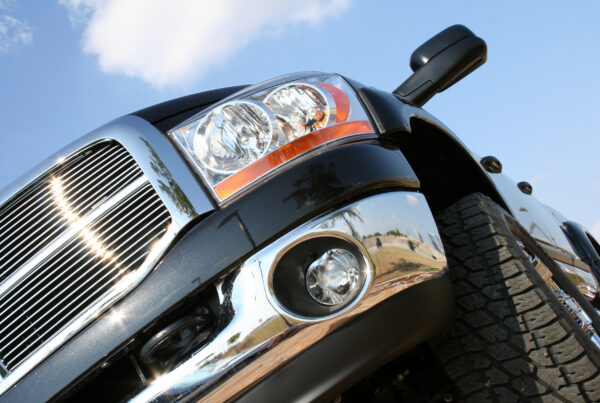At least two-thirds of Australia’s automotive brands who have committed to a voluntary CO2 target have failed to meet their targets for passenger vehicles, while less than half achieved their goal for heavy SUVs, vans and utes.
The Federal Chamber of Automotive Industries (FCAI) has released CO2 emissions data for each automotive brand and found that while many manufacturers had good intentions, achieving those milestones was proving difficult in the current climate.
FCAI Chief Executive Tony Weber said that global vehicle manufacturers were investing significantly in reducing emissions, but a variety of ongoing effects from the COVID-19 pandemic were hampering efforts.
“There is only one result that matters for us and that is the 2030 target,” Mr Weber said.
“The pathway to the 2030 target will not be smooth. Individual brands may not always record annual improvements or meet the annual industry target. What matters is where we are in 2030.”
Toyota led the way in the passenger market but was one of the worst brands in the utes and heavy SUV market that was spearheaded in big improvements from Subaru and BMW. Meanwhile brands such as Volkswagen and Suzuki achieved significant results in lowering their passenger emissions, even though the latter missed their ambitious target.
The full list is detailed below:
PASSENGER CAR AND SUV CO2 EMISSIONS (grams per km)
- Ford – 202 (target missed by 31.9)
- Nissan – 170.1 (missed by 11.8)
- Kia – 169.7 (missed by 14.4)
- Hyundai – 168.3 (missed by 19.4)
- Mitsubishi – 166.1 (missed by 15.5)
- Subaru – 165 (missed by 11.3)
- BMW – 162.7 (beat target by 6)
- Mercedes-Benz – 162.6 (beat by 13.2)
- MG – 161.5 (missed by 23.5)
- Audi – 157.9 (beat by 6.7)
- Mazda – 156.5 (missed by 2.3)
- Honda – 155.8 (missed by 9.3)
- Volkswagen – 152.9 (beat by 2.5)
- Suzuki – 129.8 (missed by 11.3)
- Toyota – 100.2 (beat by 60.2)
UTES AND HEAVY SUVs CO2 EMISSIONS
- LDV – 241.7 (missed by 42)
- Mazda – 236 (missed by 40.7)
- RAM – 235.9 (beat by 3.4)
- Toyota – 230.4 (missed by 19.2)
- Jeep – 230.3 (missed by 17.4)
- Hyundai – 228.9 (missed by 35)
- Mitsubishi – 220.9 (missed by 24.5)
- Volkswagen – 214.1 (missed by 22.4)
- Nissan – 214 (missed by 8.1)
- Ford – 209.7 (beat by 2.8)
- Isuzu – 206.3 (missed by 10.6)
- Mercedes-Benz – 206.2 (beat by 3.6)
- Land Rover – 189.2 (beat by 16.1)
- BMW – 172.9 (beat by 6.5)
- Subaru – 164.2 (beat by 3.5)
“Regardless of the individual results, our member organisations should be commended for having the foresight and courage to agree to achieving a whole of industry target,” Mr Weber added.
The results were measured against two targets – MA Category (Passenger Cars and Light SUVs) and MC+NA Category (Heavy SUVs and Light Commercial Vehicles) based on annual new vehicle sales.
The MA outcome for 2020 was 150 gCO2/km (grams of CO2 for every kilometer travelled) and the MC+NA outcome for 2020 was 217 gCO2/km. The results were against a target of 154 g CO2/km for MA and 197 g CO2/km for MC+NA.
In the period ahead to 2030, the industry is targeting an annual 4.0% reduction for MA and 3.0% annual reduction for MC+NA. It is estimated that MA vehicles will, on average, have CO2 emissions under 100 gCO2/km and MC+NA vehicles under 145 gCO2/km by 2030.
The full results and methodology used to calculate the CO2 Standard can be located here.




















